Order Passeriformes Genus Oporornis Higher classification Oporornis | Phylum Chordata Family Parulidae Scientific name Oporornis agilis Rank Species | |
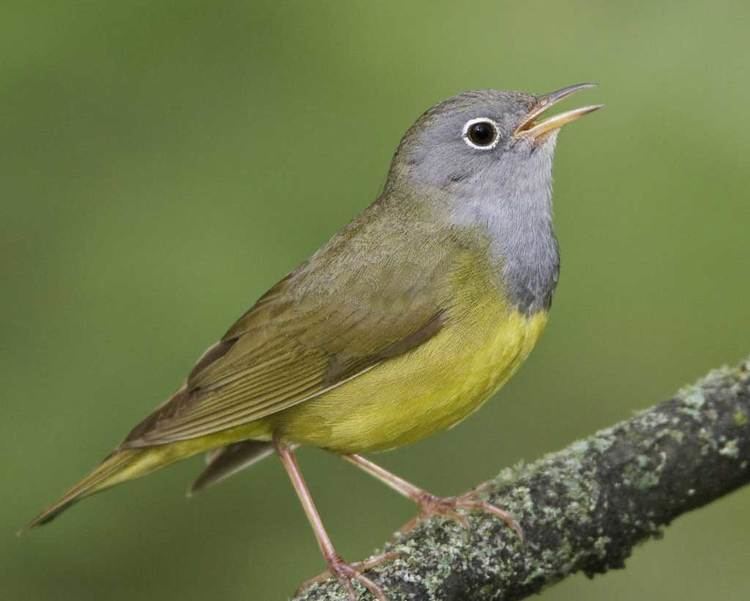 | ||
Similar New World warbler, Bird, Mourning warbler, Canada warbler, Tennessee warbler | ||
Connecticut warbler
The Connecticut warbler (Oporornis agilis) is a small songbird of the New World warbler family.
Contents
These medium-sized warblers measure 13–15 cm (5.1–5.9 in) in length, with a 22–23 cm (8.7–9.1 in) wingspan. Connecticut warblers weigh 10 g (0.35 oz) when they fledge, attaining an average weight of around 15 g (0.53 oz) as adults. However, birds preparing for migration pack on more weigh to survive the strenuous journey and can weigh up to 25 g (0.88 oz). This species has light yellow underparts and olive upperparts; they have a light eye ring, pink legs, a long tail, pale wing bars and a thin pointed bill. Males have a grey hood; female and immatures are more brown and have a whitish throat.
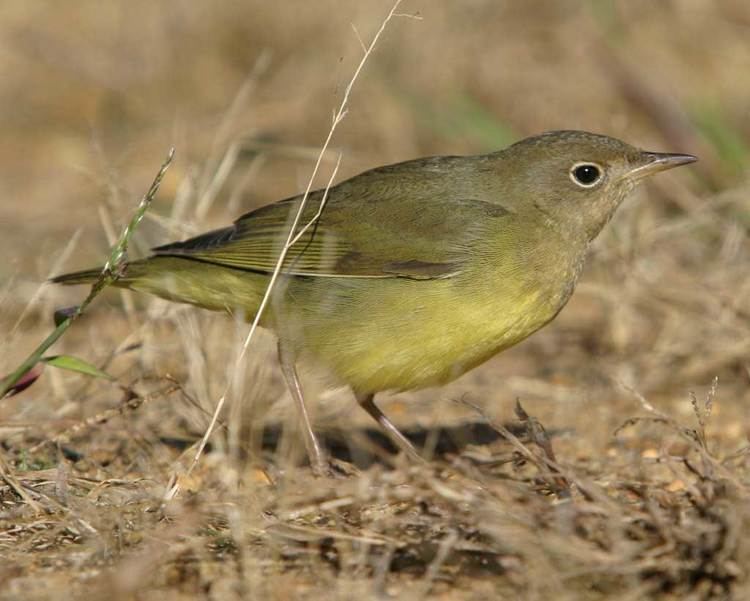
Their breeding habitat is bogs or open deciduous woods near water, especially with poplar or aspen, in central Canada and states bordering the Great Lakes. The nest is an open cup well-concealed in moss or a clump of grass.
These birds migrate to the Amazon River area in South America in winter. Connecticut warblers undertake different migratory routes in spring and in fall, an atypical behavior. In spring, they normally pass through the Midwest and only rarely vagrating to the East Coast, but in fall, larger numbers of migrating birds move through the East Coast.

They forage on the ground, picking among dead leaves, or hop along branches. These birds mainly eat insects and similar small invertebrates but will supplement their diet occasionally with seeds and berries. They are "skulking" birds that usually spend their time foraging within dense, low vegetation. Such behavior often renders them difficult to see well.
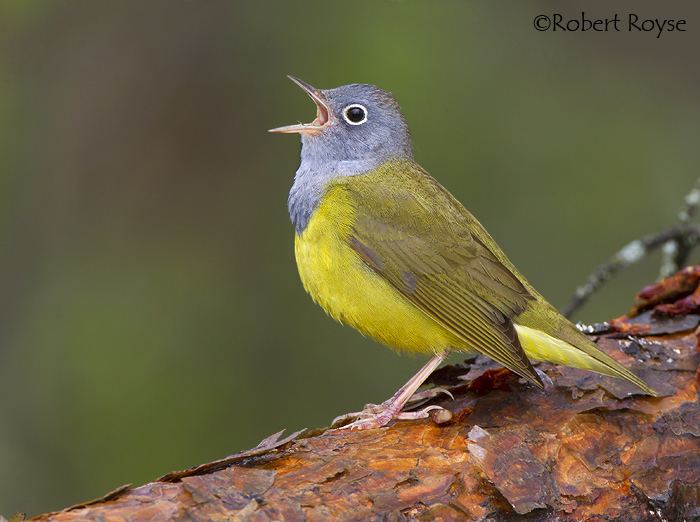
The song of this bird is a loud repeated cheepa-cheepa. The call is a nasal pitch.
Despite its name, this bird would probably only visit Connecticut during migration. They are fairly elusive birds, but it appears that their numbers may be declining due to loss of winter habitat.
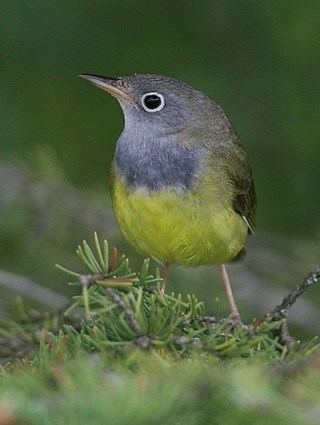
Connecticut warbler by l fazio may 14 leslie spit toronto
Taxonomy
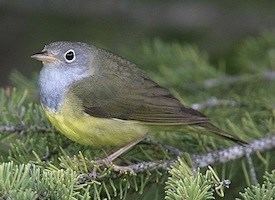
Most classification systems consider the genus to be monotypic, with Connecticut warbler as its sole representative, however the South American Classification Committee of the AOU continue to place Kentucky warbler and mourning warbler with this genus.
